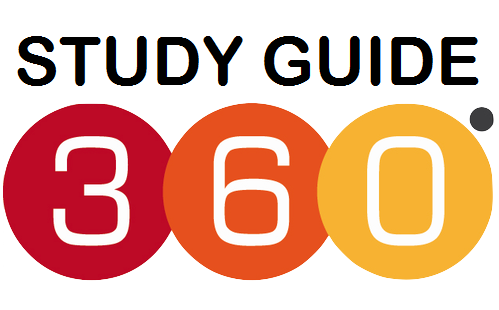Short Answer Type Questions:
Q1. Find the term independent of x, where x≠0, in the expansion of
Q1. Find the term independent of x, where x≠0, in the expansion of

Q2. If the term free from x is the expansion of  is 405, then find the value of k.
is 405, then find the value of k.
Sol: Given expansion is 


Q3. Find the coefficient of x in the expansion of (1 – 3x + 1x2)( 1 -x)16.
Sol: (1 – 3x + 1x2)( 1 -x)16

Q4. Find the term independent of x in the expansion of 
Sol: Given Expression 

Q5. Find the middle term (terms) in the expansion of


Q6. Find the coefficient of x15 in the expansion of 
Sol: Given expression is 

Q7. Find the coefficient of  in the expansion of
in the expansion of 


Q8. Find the sixth term of the expansion (y1/2 + x1/3)n, if the binomial coefficient of the third term from the end is 45.
>

Q9. Find the value of r, if the coefficients of (2r + 4)th and (r – 2)th terms in the expansion of (1 + x)18 are equal.

Q10. If the coefficient of second, third and fourth terms in the expansion of (1 + x)2” are in A.P., then show that 2n2 – 9n + 7 = 0.

Q11. Find the coefficient of x4 in the expansion of (1 + x + x2 + x3)11.

Long Answer Type Questions
Q12. If p is a real number and the middle term in the expansion  is 1120, then find the value of p.
is 1120, then find the value of p.




Q15. In the expansion of (x + a)n, if the sum of odd term is denoted by 0 and the sum of even term by Then, prove that



Q17. Find the term independent ofx in the expansion of (1 +x + 2x3)

Objective Type Questions
Q18. The total number of terms in the expansion of (x + a)100 + (x – a)100 after simplification is
(a) 50
(b) 202
(c) 51
(d) none of these
(b) 202
(c) 51
(d) none of these

Q19. If the integers r > 1, n > 2 and coefficients of (3r)th and (r + 2)nd terms in the binomial expansion of (1 + x)2n are equal, then
(a) n = 2r
(b) n = 3r
(c) n = 2r + 1
(d) none of these
(a) n = 2r
(b) n = 3r
(c) n = 2r + 1
(d) none of these

Q20. The two successive terms in the expansion of (1 + x)24 whose coefficients are in the ratio 1 : 4 are
(a) 3rd and 4th
(b) 4th and 5th
(c) 5th and 6th
(d) 6th and 7th
(a) 3rd and 4th
(b) 4th and 5th
(c) 5th and 6th
(d) 6th and 7th

Q21. The coefficients of xn in the expansion of (1 + x)2n and (1 + x)2n ~1 are in the ratio
(a) 1 : 2
(b) 1 : 3
(c) 3 : 1
(d) 2:1
(a) 1 : 2
(b) 1 : 3
(c) 3 : 1
(d) 2:1


Q22. If the coefficients of 2nd, 3rd and the 4th terms in the expansion of (1 + x)n are in A.P., then the value of n is
(a) 2
(b) 7
(c) 11
(d) 14
(a) 2
(b) 7
(c) 11
(d) 14

Q23. If A and B are coefficients of xn in the expansions of (1 + x)2n and (1 + x)2n–1 respectively, then A/B equals to







